KNOW YOUR SAFFRON
How can you judge the quality of saffron? Learn more about this spice very popular in Spanish cuisine
Several press articles have alerted us over time to the fraudulent practice of mixing saffron stamens with other dyed parts of the crocus flower and the consequent intervention by the UK Food Standards Authority to test this "food fraud". Saffron is the stigmas of the crocus flower.
So how can you judge the quality of saffron yourself? Bear in mind that the stigmas sometimes have a natural yellowness, so a fully red appearance is not a fool-proof quality test. A better visual test is looking at the shape of the filaments, which should be trumpet shaped and at the colour given by the saffron in water - it should be yellow rather than orange-red. After 5-10 mins in water, real saffron filaments retain their original red colour and float on the surface, whereas any stamens treated with artificial dyes will rapidly lose any colour they have been treated with and return to their original colour (yellow). Normally they sink.
BACKGROUND
Saffron is a quintessential Spanish ingredient, even though Spain is not the biggest producer. Iran is.
The saffron Brindisa sells is selected by a specialist with 3 generations of expertise, based in La Mancha, the cradle of saffron growing in Spain. This specialist has been accredited independently for the rigour and transparency of its quality controls.
We sell 2 grades of Saffron:
- Brindisa label, grown in Iran and packed in Spain
- Spanish La Mancha D.O.P.
The much higher production cost of La Mancha D.O.P. is reflected in the relative prices of these delicacies. The cultivation and harvesting of La Mancha D.O.P. saffron is rigorously controlled and it is also lightly toasted to intensify the flavour. Iranian saffron tends to be sun-dried.
Both our saffrons are Category 1, meaning that they contain less than 0.5% flower parts and less than 0.1% other extraneous matter.
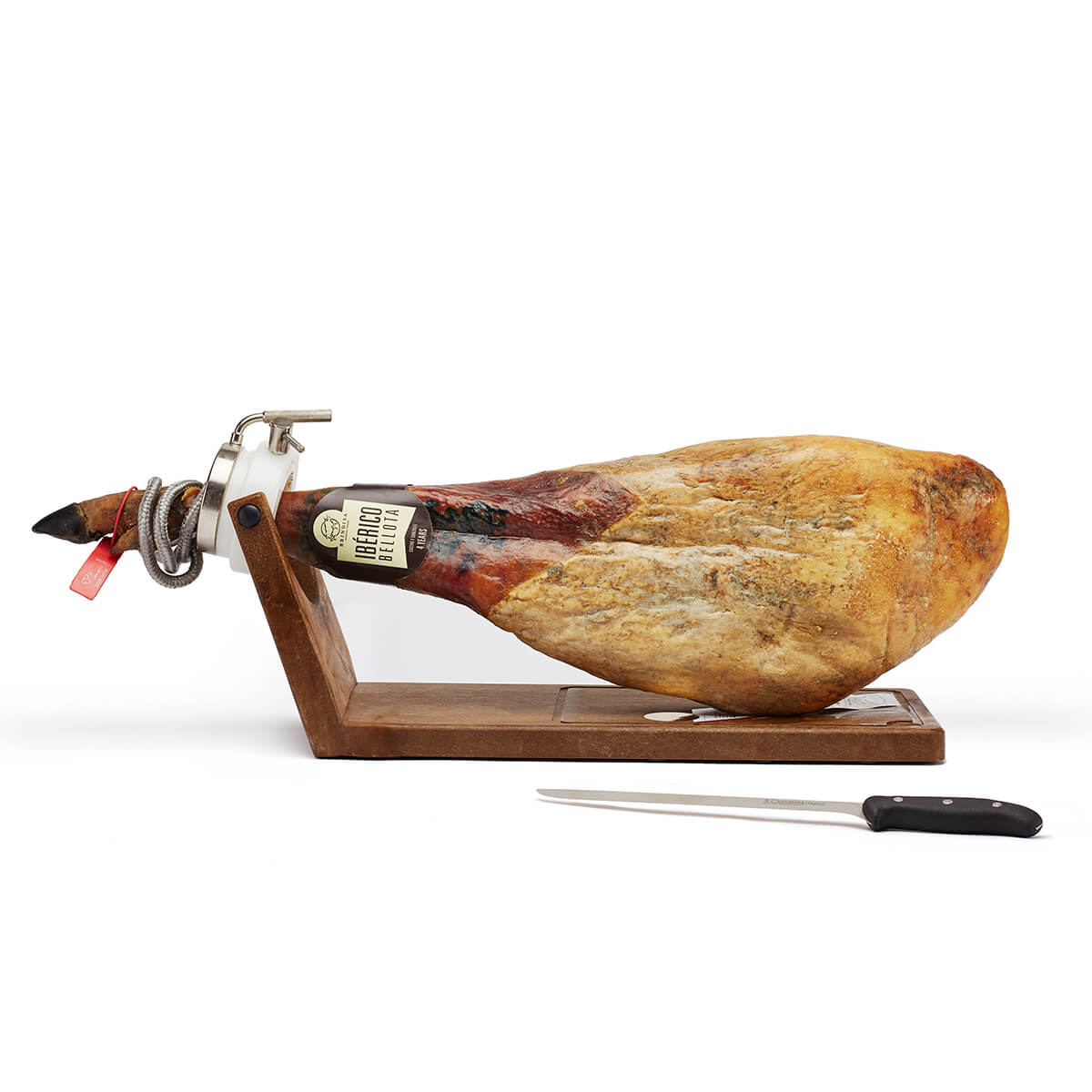 Brindisa Bellota 75% Iberico Ham Kit
Brindisa Bellota 75% Iberico Ham Kit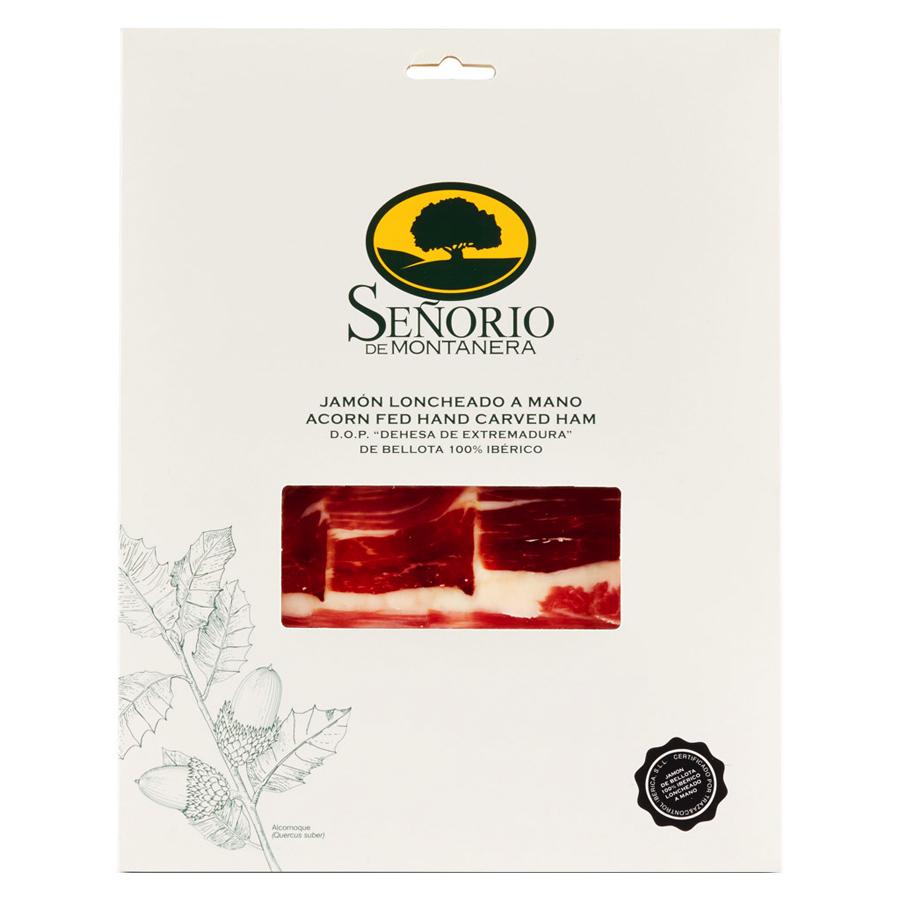 100% Iberico Hand-Carved Ham
100% Iberico Hand-Carved Ham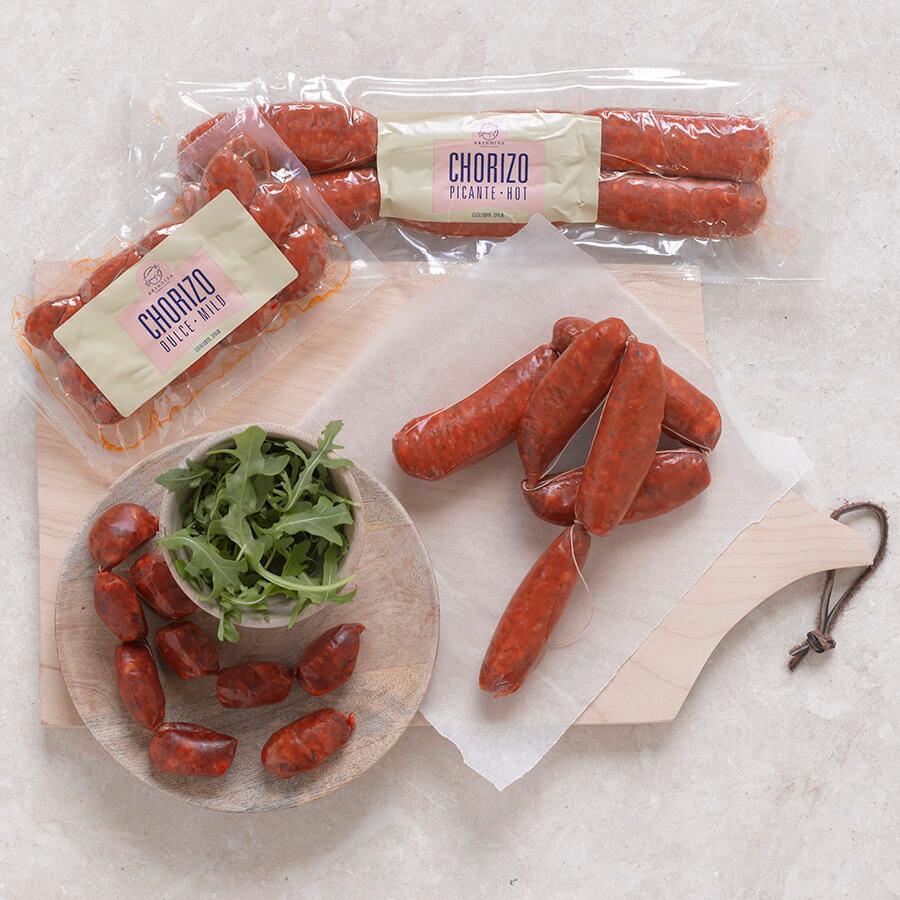 Cooking Chorizo
Cooking Chorizo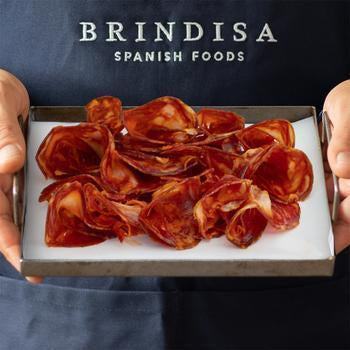 Freshly Sliced Charcuterie
Freshly Sliced Charcuterie INDIVIDUAL CHEESES
INDIVIDUAL CHEESES CHEESE BOX
CHEESE BOX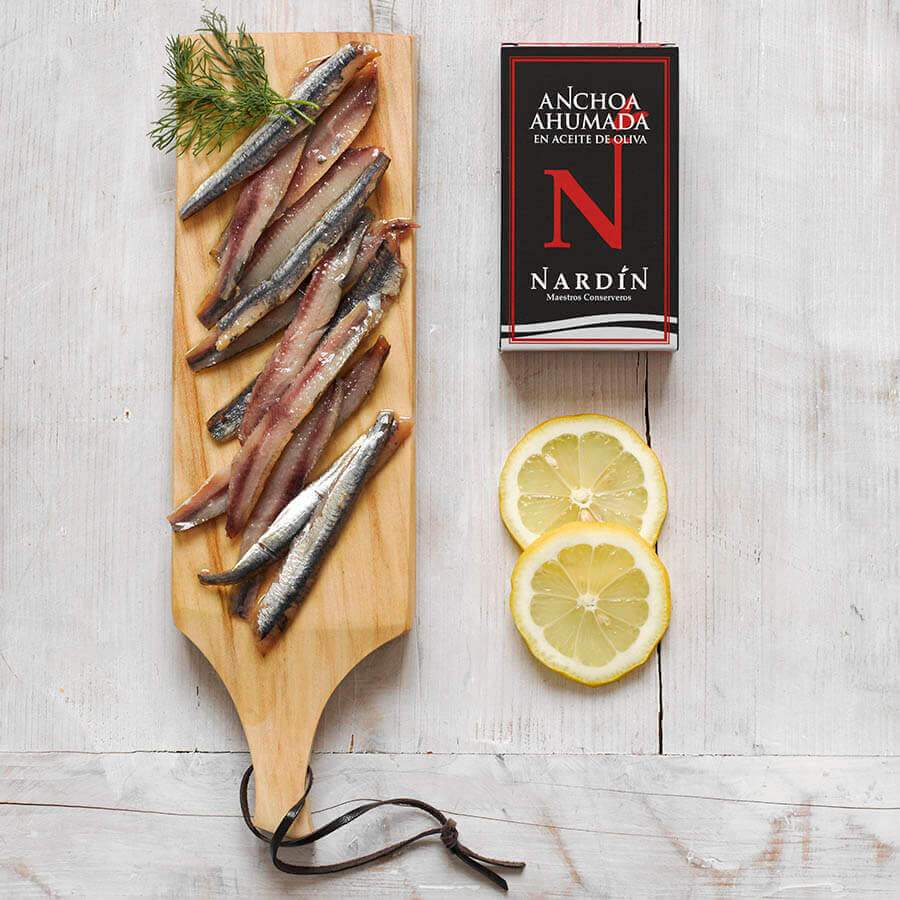 Beech Smoked Anchovies
Beech Smoked Anchovies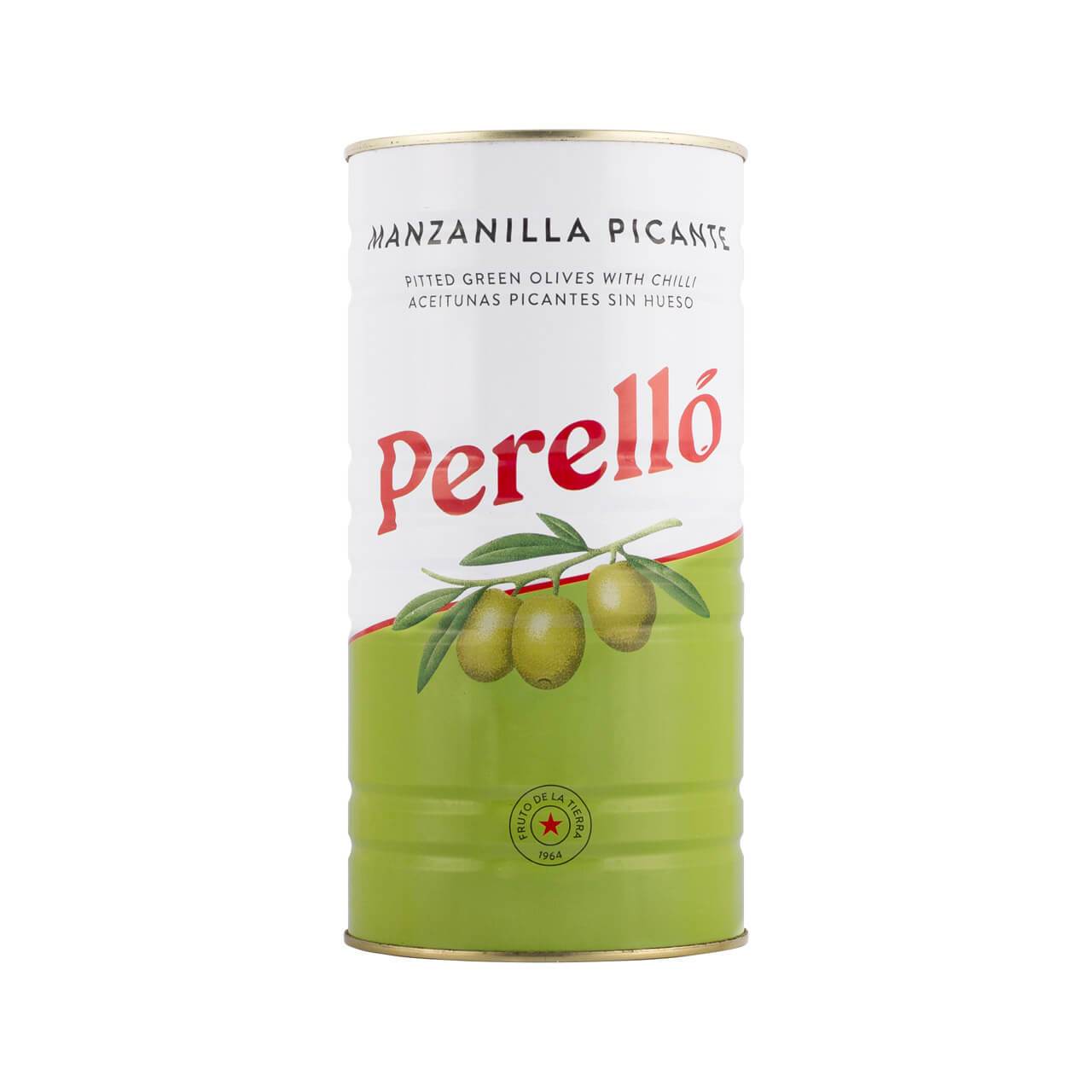 Perello Manzanilla "Martini" Olives
Perello Manzanilla "Martini" Olives Heirloom Beans
Heirloom Beans Paella Rice
Paella Rice Gift boxes and hampers
Gift boxes and hampers All gifts
All gifts Sparkling Wine
Sparkling Wine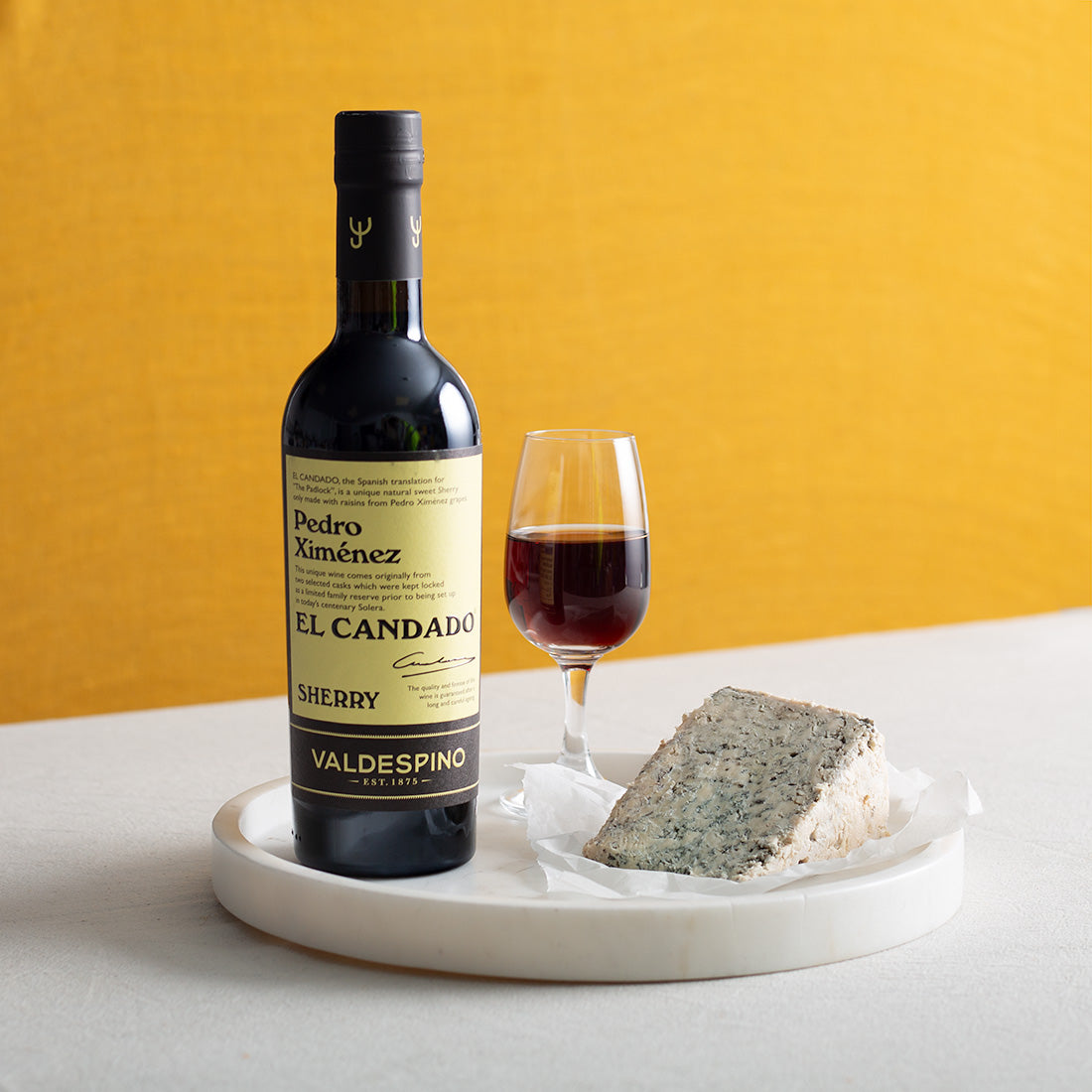 Sherry
Sherry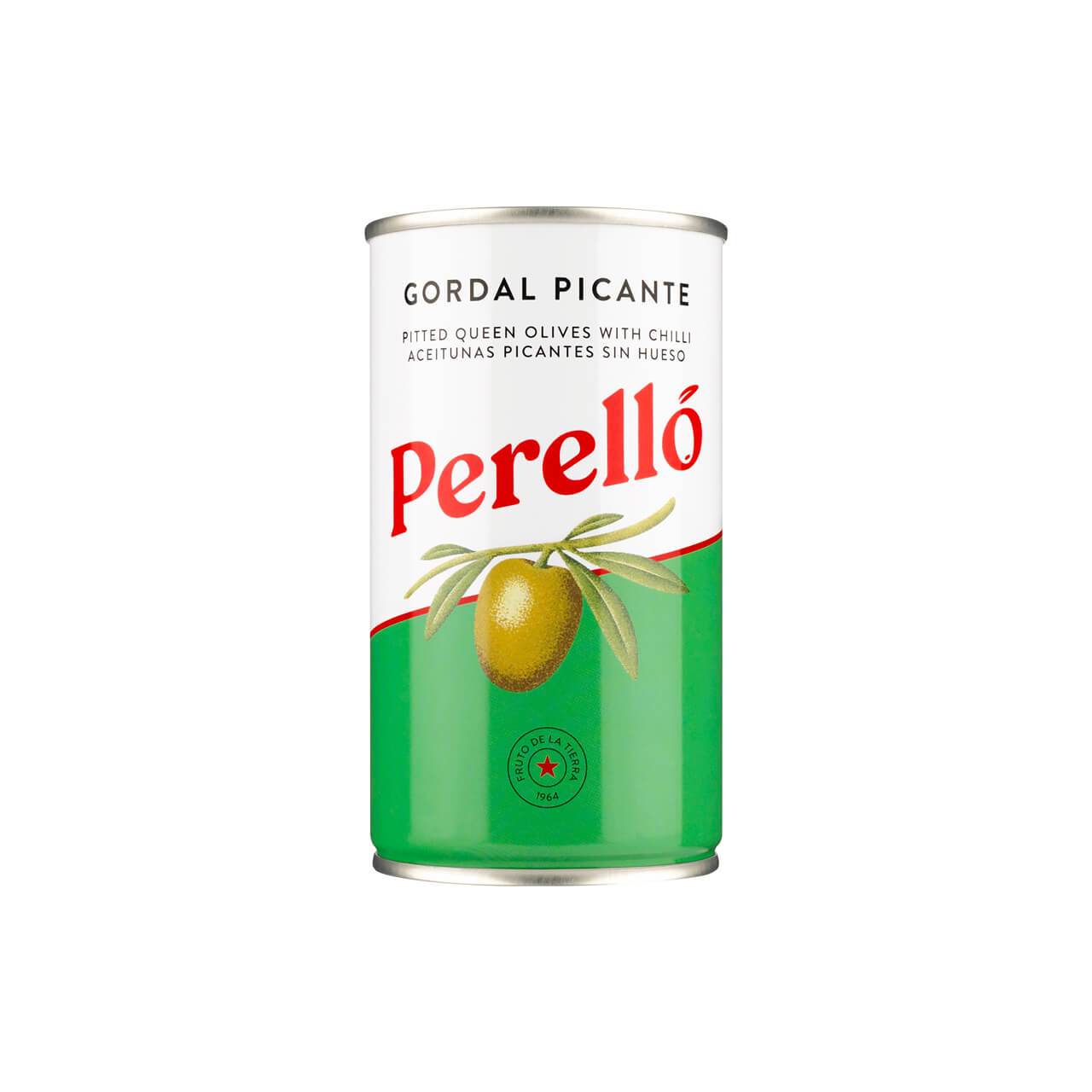 Perello Olives
Perello Olives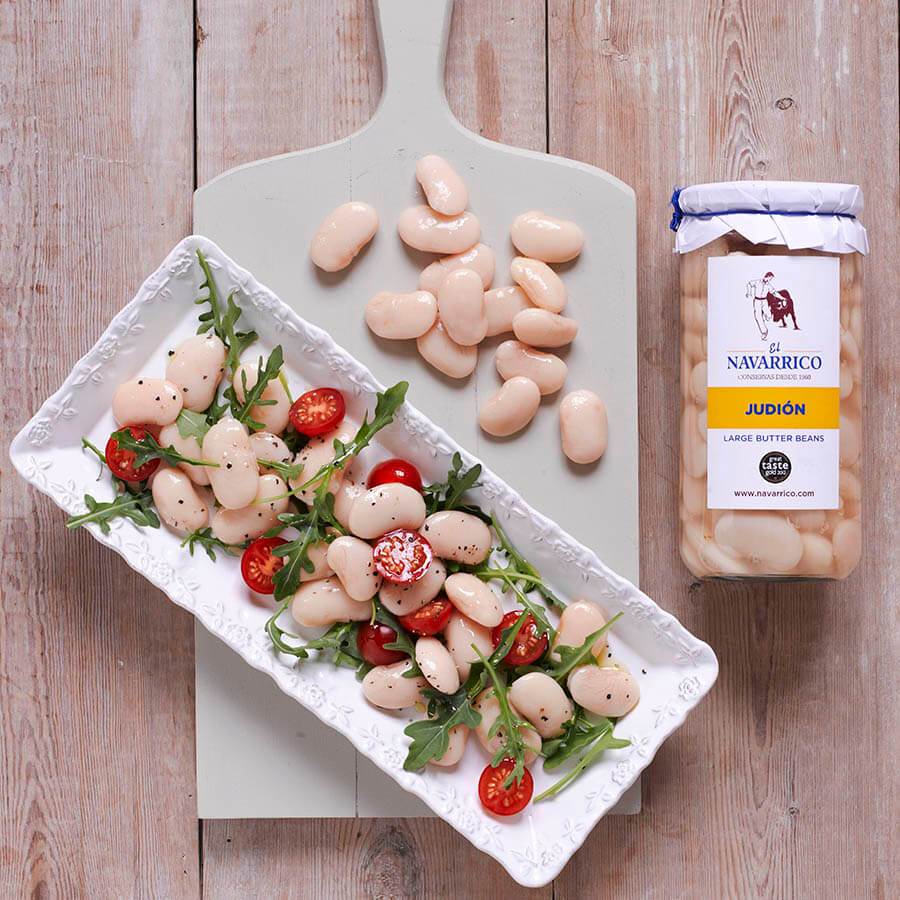 Navarrico Butter Beans
Navarrico Butter Beans






